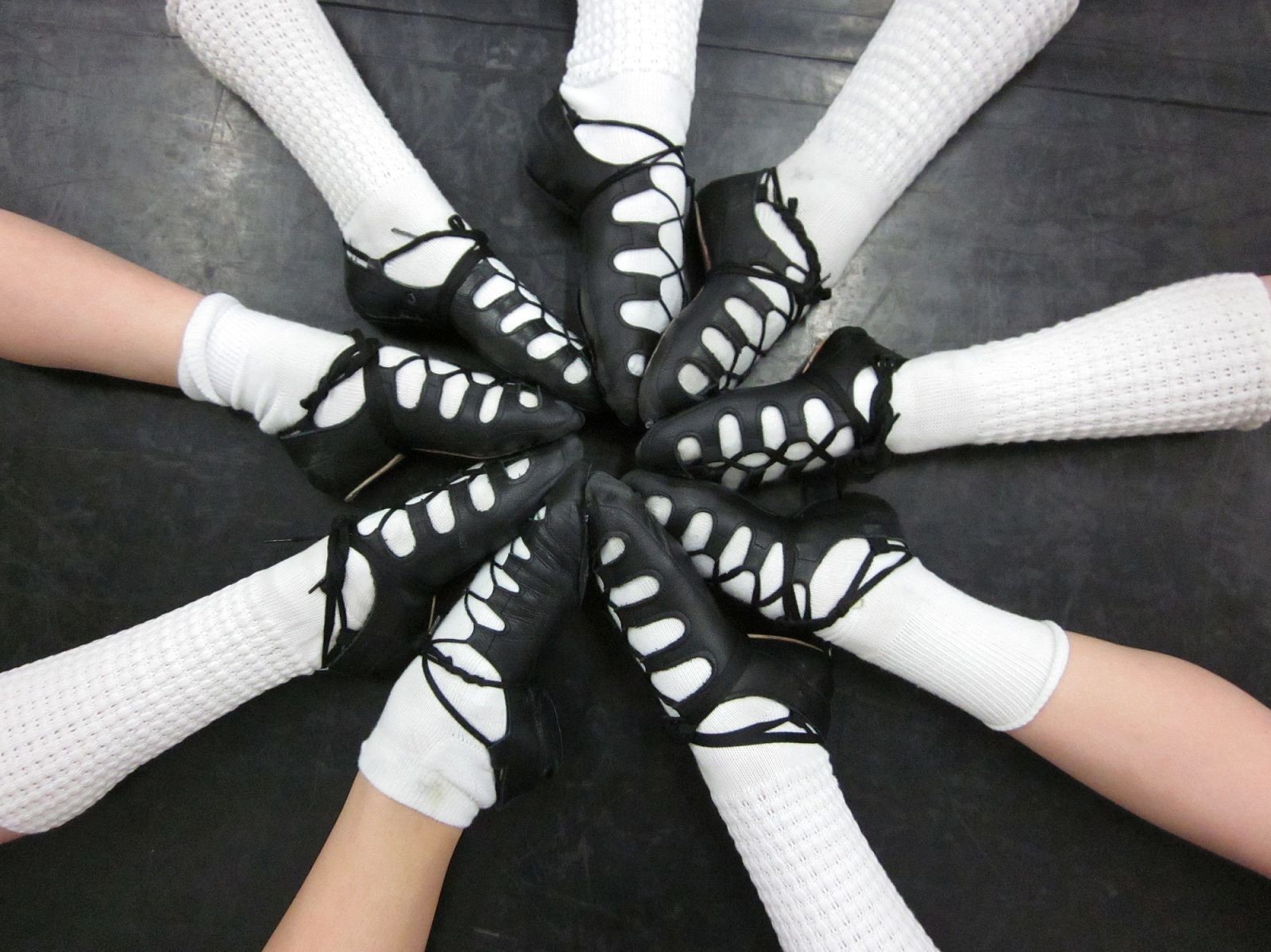When it comes to Irish dance shoes, people generally think that breaking in a new pair of shoes is the most difficult part for a dancer. Breaking in is very important for hard shoes and it is definitely not easy. The dancer has to wear them as much as possible, whether by dancing, walking, or running and it is very uncomfortable in the beginning. Soft shoes, on the other hand, don’t require much breaking in. However, there is another difficulty when it comes to Irish dance shoes, and that is choosing the right ones! If you have trouble finding something suitable, here is a wide range of Irish dance shoes for you of both soft shoes and hard shoes. Before choosing a suitable pair, there are a few things to keep in mind: the correct size, the budget, the level of experience, and whether the dancer dances recreationally or participates in competitions.
Choosing soft shoes
There are two types of soft shoes for Irish dancers: Ghillies & Reel Shoes. Ghillies are worn by female dancers for different types of jigs, the reel, and group dances. These shoes are made from flexible black leather, have laces from toe to ankle, and don’t make sounds against the floor. A cheaper alternative to ghillies are black ballet slippers, but these are not suitable for competitions. Reel shoes are worn by male dancers, and they have a hard sole that makes a clicking noise when the shoes hit the floor. For class, boys can opt for jazz shoes, but for competitions, it is important to buy reel shoes. Irish dancers begin with soft shoes and good soft shoes technique is essential for mastering the hard shoe technique eventually. As for the right size of soft shoes, they are usually a size smaller than the dancer’s street shoe because they have to fit like a glove. Beginners and those who dance recreationally can choose bigger fitted shoes since these are more comfortable and provide growing room.
Choosing hard shoes
After around a year and a half, dancers start to learn hard shoe dances. The most important thing about buying hard shoes is choosing the right size, especially because ill-fitting shoes can cause injuries. Hard shoes are usually the same size as the dancer’s street shoe size. If you are unsure about the exact shoe size that you need, then you need to carefully measure your foot length. Place your foot on a piece of paper and draw around it and then measure between the longest point of the heel to the longest point on the big toe. Look for a conversion chart to see what size corresponds to your foot length. Hard shoes are made from leather, therefore they stretch up to half of their size in time. This is why, if you are an adult, it’s important to buy shoes that are as snug as you can tolerate. Young dancers who are growing fast, however, need shoes that are a bit more spacious to allow room for growth.




